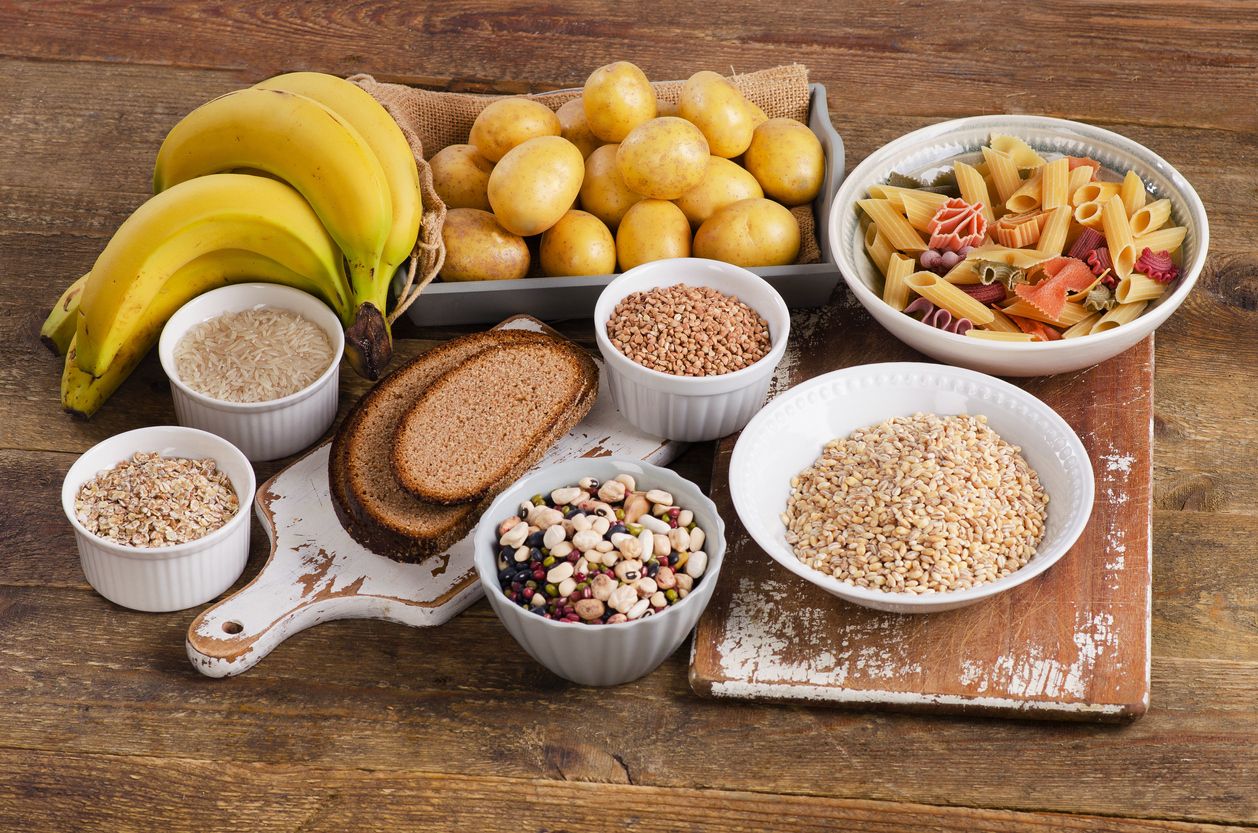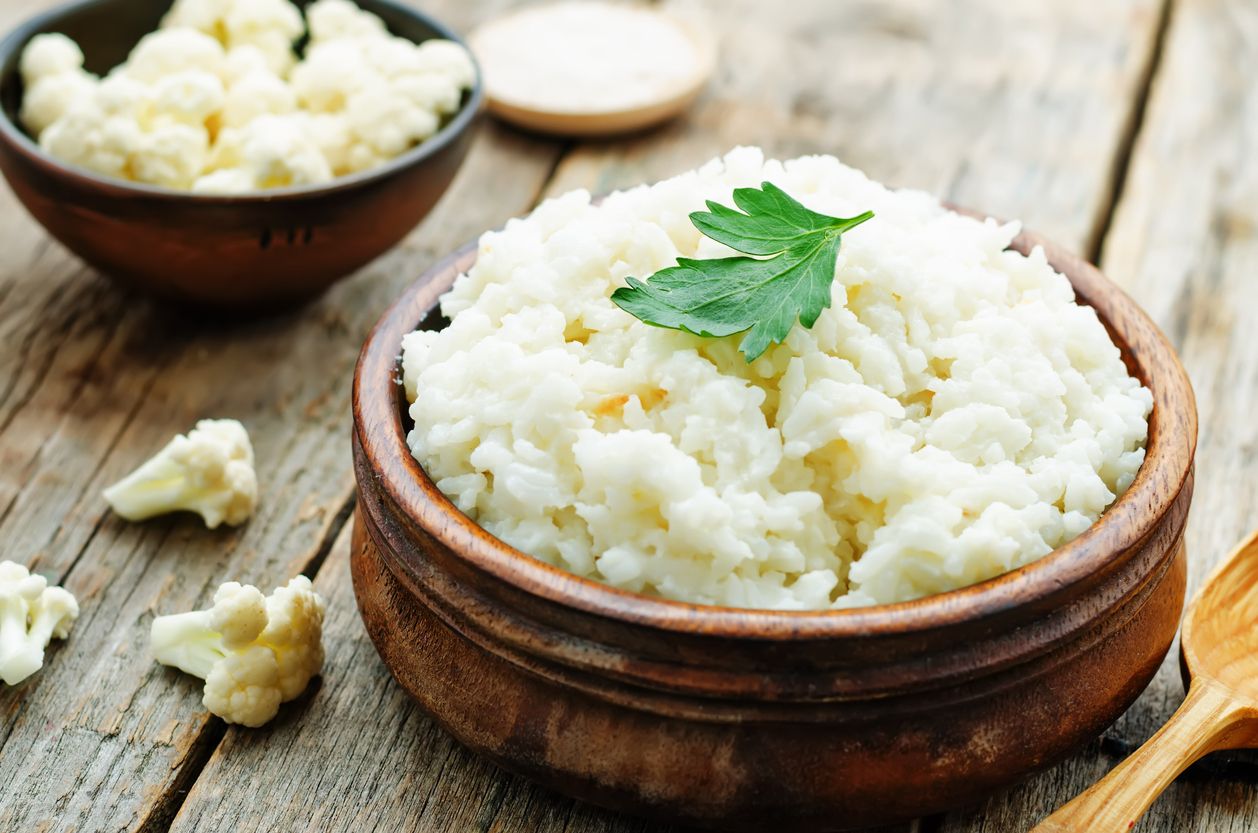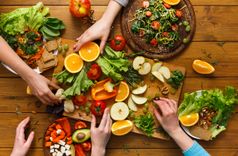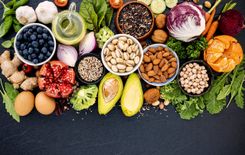Hidden sugars: the truth about starch

When we think of sugar, table sugar is what usually comes to mind. We might have added it to tea and coffee or used it to sweeten desserts and baked treats. While it’s true that avoiding added sugars is important if you’re looking to lose weight or take control of your blood glucose levels, you also need to take into consideration all forms of carbohydrates in foods – including starch, as this is also digested into sugar in the body.

The science behind the sweet stuff
Sugars can be classified into two categories known as disaccharides which are made up of two sugar molecules, and monosaccharides (‘di’ meaning ‘two’ and ‘mono’ meaning ‘one’). The granulated or table sugar that you are familiar with is a disaccharide; lactose – the sugar in milk – is another example of a disaccharide. In the body these are broken down into monosaccharides including glucose, which is one of our sources of energy.
When we eat foods containing sugar this causes our blood glucose to rise and triggers an insulin response. For those without prediabetes or type 2 diabetes, their body responds well to insulin meaning its able to transport glucose to the cells, providing an immediate energy source. Remaining glucose is stored in the liver and muscles, in the form of glycogen.
In the case of those with prediabetes or type 2 diabetes, the body instead does not respond well to insulin. The condition prevents glucose from entering the body’s cells, meaning it stays in the bloodstream.
Starch – the hidden culprit
At this point, we are going to look at carbohydrates and more specifically, starches. These are essentially, long-chain carbohydrates or polysaccharides, comprised of many glucose molecules (‘poly’ means ‘many’). This is usually why starches are referred to as ‘complex carbohydrates,’ which relates to their structure, and does not necessarily denote that they are ‘better for us.’ When we eat starchy carbohydrates like bread, pasta and rice, our digestive system responds by increasing saliva production. Amylase – a digestive enzyme present in saliva – begins to break down polysaccharides into glucose molecules, which are then utilised by the body in the same way as described above.
When the intake of either sugars or starches is surplus to the body’s requirements (serving as an immediate energy source or for glycogen storage), they will be converted to body fat, which is largely how weight gain occurs. It is not surprising that this issue is exacerbated by a sedentary lifestyle, in which glycogen reserves remain permanently full. Carbohydrates can also cause fluctuations in blood glucose levels, which leads to more cravings for these types of foods. If this pattern continues, this can increase a person’s risk of developing type 2 diabetes.
Your low carb starch swaps
On the Low Carb Program, we teach you about the differences between starchy and non-starchy vegetables and how you can swap high carb foods for lower carb alternatives.
The reason that starchy foods are viewed as ‘healthier’ than sugar is because they can also contain essential vitamins and minerals, unlike sugar which only provides energy. However, you can also obtain all these nutrients from lower carb sources alone.
Starchy foods such as potatoes and rice are staples for many, so it can seem strange at first swapping these for lower carb options. But it’s a big step in helping to gain control over your blood sugars levels. Have a look at our low carb swaps for some examples of lower carb alternatives of starchy staples.

Learn more about hidden sugars and discover additional alternatives to starchy foods when you join the Low Carb Program.








